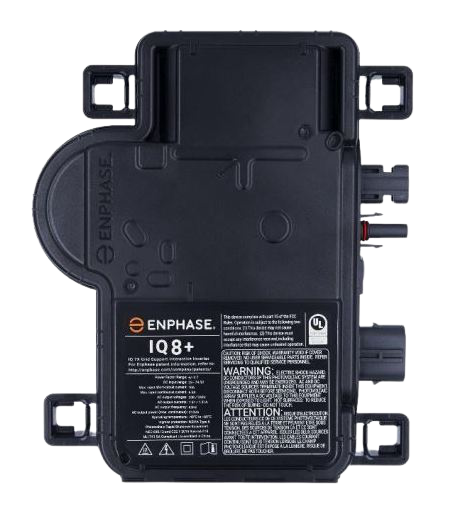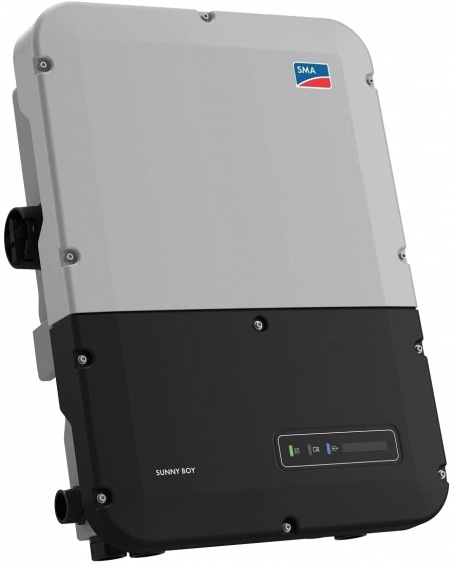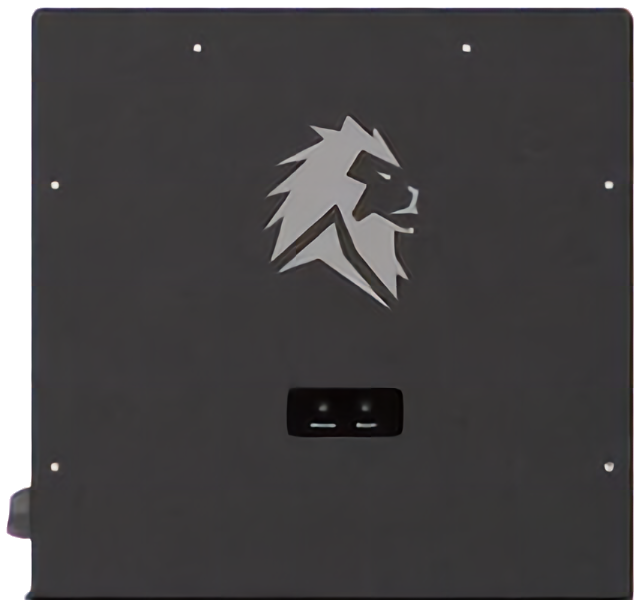Inverters are the most crucial piece of an effecient solar install
We are experts in helping you figure out which one YOU need for YOUR situation not just because it's easier for us to install. Guiding you to what you want and guess what? Even the best one's are in YOUR budget.
Ready To Geek Out?
What is a solar inverter and how does it work?
Solar panels are usually made from silicon, which provides a semi-conductor surface. The panels sit within a metal frame encased in glass. When particles of light – photons – hit the silicon of each individual solar panel, electrons become agitated. This creates a photovoltaic (PV) charge, which in turn produces an electrical direct current (DC). The panel’s wiring captures this current, and it’s the solar inverter that converts the DC to an alternating current (AC). Solar inverters connect the solar panel system to the existing electrical meter, or it feeds the power to the electrical grid.
DC-to-AC Solar Power Inverter
Direct current flows in one direction. Appliances at home run on AC, so conversion has to happen. The solar panel inverter accomplishes this over four steps.
-
1
Step One
The inverter channels DC through its internal transformer
-
2
Step Two
The inverter transformer function is to lower the voltage and switch to AC
-
3
Step Three
The DC runs through two or more transistors
-
4
Step Four
The transistors are rapidly turned on and off to feed the transformer’s two different sides
3 Types Of Inverters
Micro Inverters
They are common in areas where shading is an issue or the homeowner has a chopped up roof with panels on more than 2 mounting planes. There is an inverter attached to the bottom of every panel converting the DC to AC at the panel vs a string inverter next to the meter. We offer ApSystem and Enphase micro inverters.
String Inverters
These inverters are best used with optimizers. String inverters connect multiple panels into a ``string`` and wired to one inverter for the whole system. These are good options if you have a chopped up roof. A shaded panel on a string will affect the rest of the panels performance unless an optimizer is used. We offer SMA and Solar Edge string inverters.
Hybrid Inverters
When you pair your solar panel system with a hybrid inverter, a separate battery inverter isn’t necessary: it can function as both an inverter for electricity from your solar panels and a solar battery. This allows for ``centralized monitoring,” which means you can monitor both your solar panel system and battery performance through one platform. Similar to string inverters. We offer Lion Energy's hybrid inverter.







